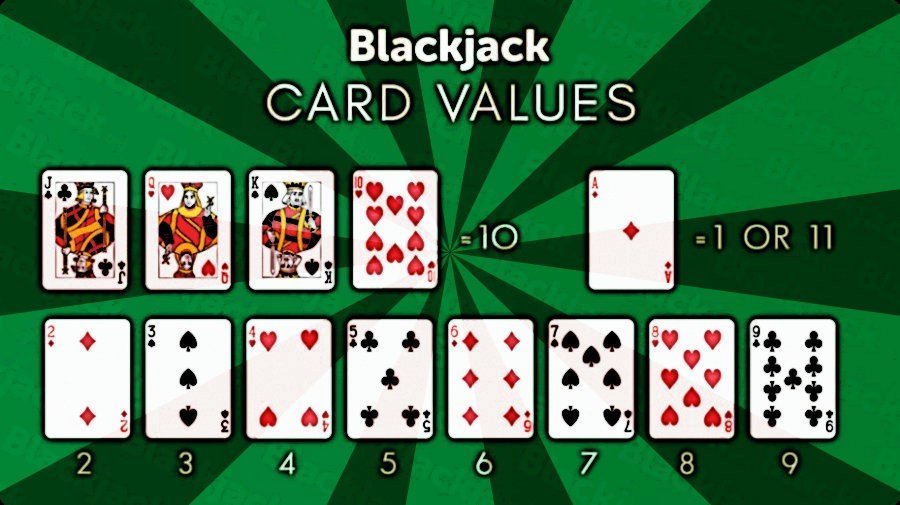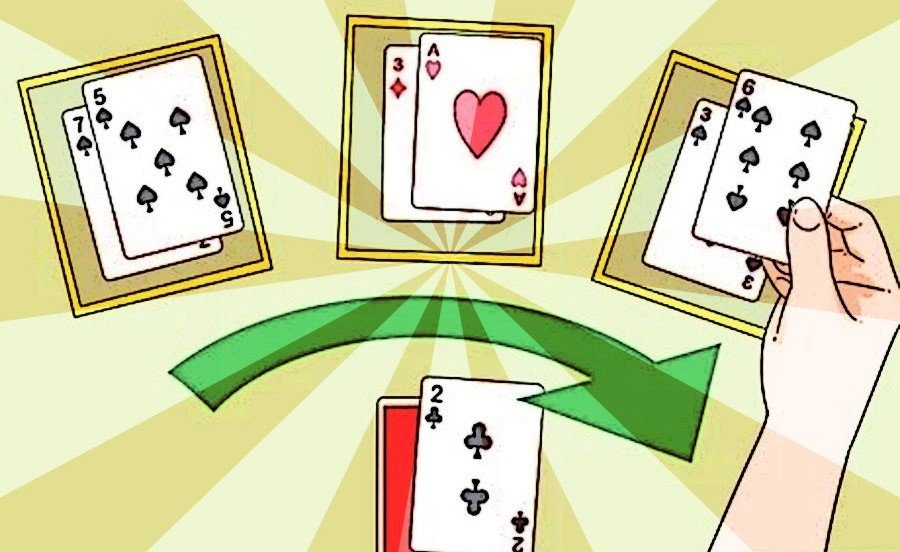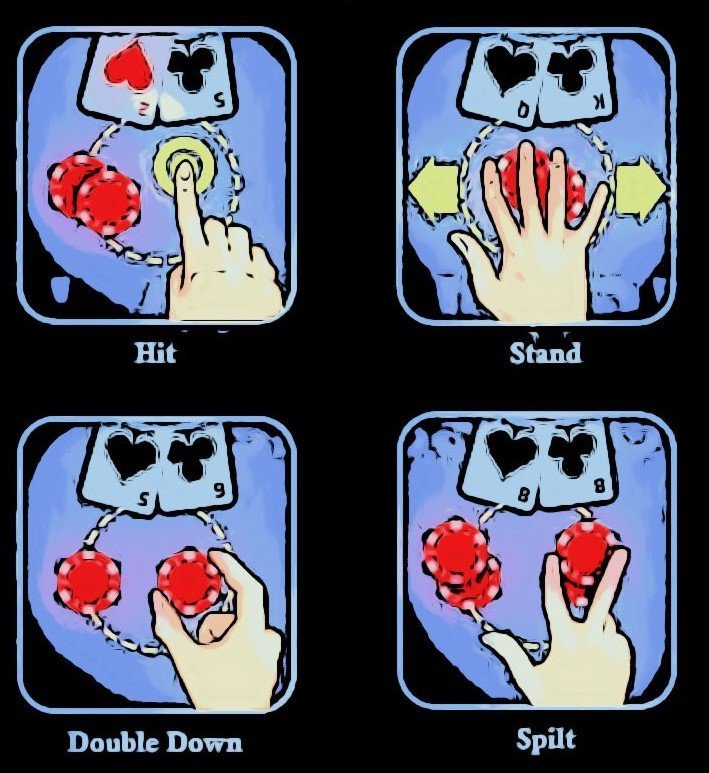Introduction
Blackjack, also widely known as 21, is amongst the most popular casino games worldwide. This game, with roots tracing back to the 17th century, has captured the fascination of gamblers for its simplicity. However, it also offers depth in strategy that keeps players coming back. In this article, we’ll explore the history of blackjack and delve into the rules to blackjack. We’ll include the traditional game and its variants.
A Brief History of Blackjack
Blackjack’s origins are somewhat ambiguous. Yet, it’s generally agreed that it likely started in French casinos around the 1700s, under the name “Vingt-et-Un,” which translates to “21”. The game gained popularity in the United States in the 19th century, where it got its modern name – blackjack. This was due to a special bet that paid 10 to 1 when the player’s hand comprised of the ace of spades and a black jack. Although this particular bet has long since been discarded, the name stuck, and “21” became known as blackjack. The rules to blackjack however evolved over time.
The Basic Rules to Blackjack
The fundamental goal in blackjack is to beat the dealer’s hand without exceeding a total of 21. Here are the key rules to blackjack you need to know:
Card Values: Cards from 2-10 are worth their face value. Face cards (King, Queen, and Jack) are each worth 10, while an Ace can be worth 1 or 11, depending on what is more advantageous to the player’s hand.

The Deal: At the beginning of every round, each participant and the dealer is dealt two cards. One of the dealer’s cards is dealt face up, and the other face down.

Player’s Turn: Players decide whether to:

- “Hit” (take another card),
- “Stand” (take no more cards)
- “Double Down” (double the original bet and receive exactly one more card)
- “Split” (if the two original cards have the same value, they can be split into two separate hands).
- Dealer’s Turn: After all players have completed their hands, the dealer reveals their hidden card and must hit
- until their cards total 17 or more.
- Winning the Game: If your hand is closer to 21 than the dealer’s or if the dealer busts (exceeds 21), you win.
Variants and Their Rules
Over the years, several blackjack variants have emerged, adding unique twists on the rules to blackjack for each variant. Here are a few:
- European Blackjack: In this variant, the dealer only receives their second card after the players have completed their hands. This impacts players’ strategies, particularly regarding doubling down and splitting.
- Spanish 21: This variant removes all 10s from the deck, increasing the house edge. However, it offers more liberal rules such as player blackjacks and 21s always winning, even against the dealer’s equivalent hands.
- Double Exposure Blackjack: In this variant, both of the dealer’s cards are exposed, giving players a significant advantage. To balance this, ties (except on blackjack) go to the dealer, and player blackjacks pay even money.
- Blackjack Switch: Here, players start with two hands and have the option to switch the second card dealt to each hand. To compensate for this advantage, the dealer pushes (ties) with a 22.
Optional Rules to Blackjack and Rule Differences in Casinos
Different casinos may adopt certain optional rules to blackjack or slight variations. These can affect the house edge and player strategies. Here are a few:
- **On Soft 17, the dealer hits or stands**: In some casinos, the dealer must stand on all 17s. while others require the dealer to hit on a “soft” 17. It’s worth remembering that a hand totaling 17 that includes an Ace, which can be counted as 1 or 11.
- Doubling Down Rules: Some casinos allow players to double down on any two cards, while others just permit it on specific totals.
- Resplitting: Certain casinos allow players to split pairs, and if another identical card is dealt, to split again. This is known as as resplitting.
- Surrender: Some casinos offer the “surrender” option. This allows players to forfeit half their bet and give up their hand after the initial deal.
- Blackjack Payouts: Traditionally, a player blackjack pays 3:2. However, some casinos have started paying 6:5, which increases the house edge.
- Side Bets: Many casinos offer side bets which can be placed in addition to the main wager. These bets are usually based on the player’s first two cards and the dealer’s up card and offer high payouts.

I know the rules to Blackjack – now where do I play?
Blackjack is a fascinating game that seamlessly blends luck and strategy. So, whether you’re a newcomer or a seasoned veteran, understanding the rules to blackjack and its various variants will help you maximize your enjoyment and potentially your winnings. Remember, the ultimate goal is not just to try get as close to 21 as possible, but to beat the dealer and avoid busting. As with any form of gambling, play responsibly and know your limits.
Now that you’re fully versed on the rules to blackjack, you might want to try your luck. It’s advisable that you start off small to test the waters. A great way to begin would be with one of our great first deposit bonus offers. That way you’ll be playing with the casinos money when you begin!
Alternatively, grab the 1xBet Bonus on your left and get an incredible welcome bonus of up to 1500 Euro and 150 free spins!
By arming yourself with a solid grasp of the rules and strategies, you’re well on your way to mastering the art of blackjack. So, place your bets and may the odds be ever in your favor!
For a video summary of this article on the rules of Blackjack, try watching:




